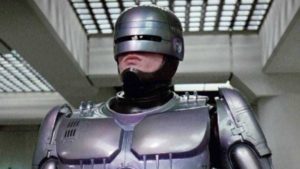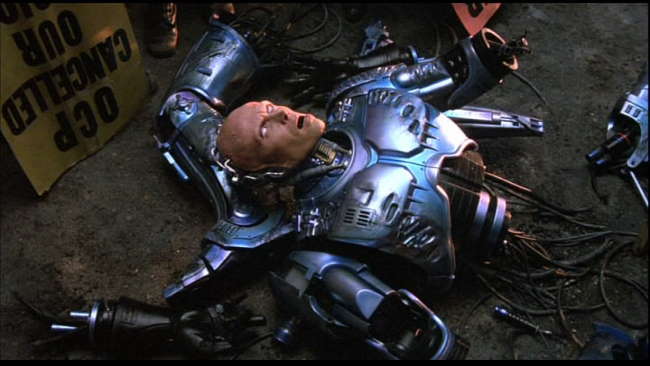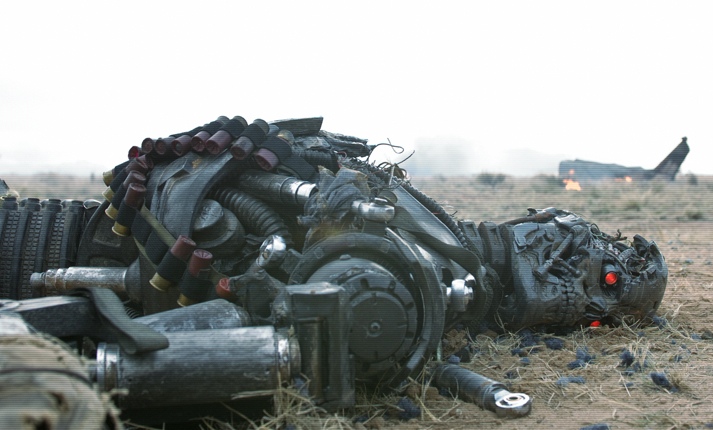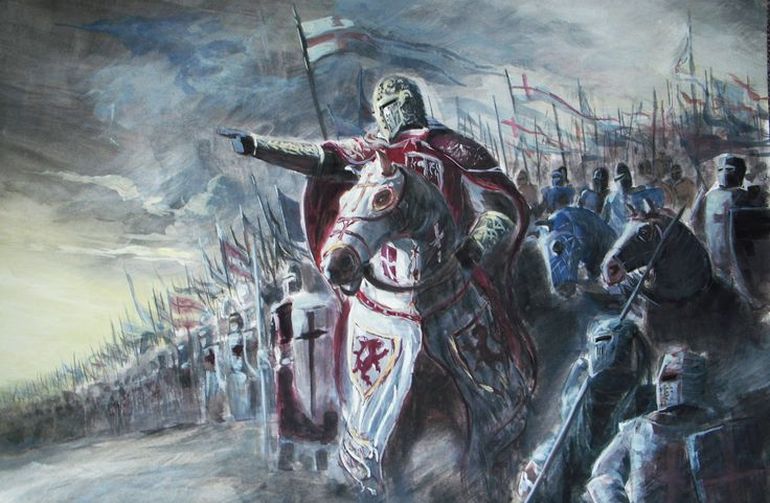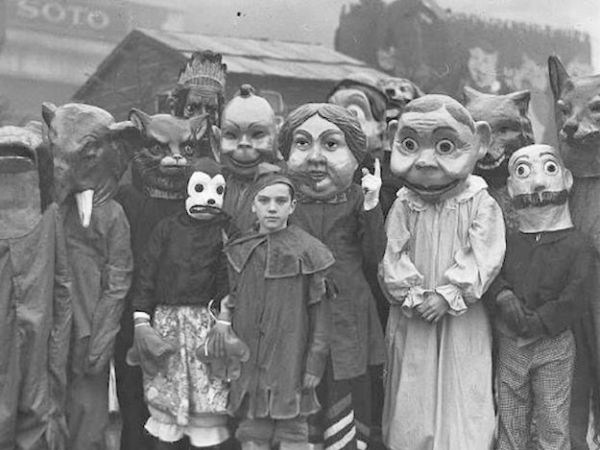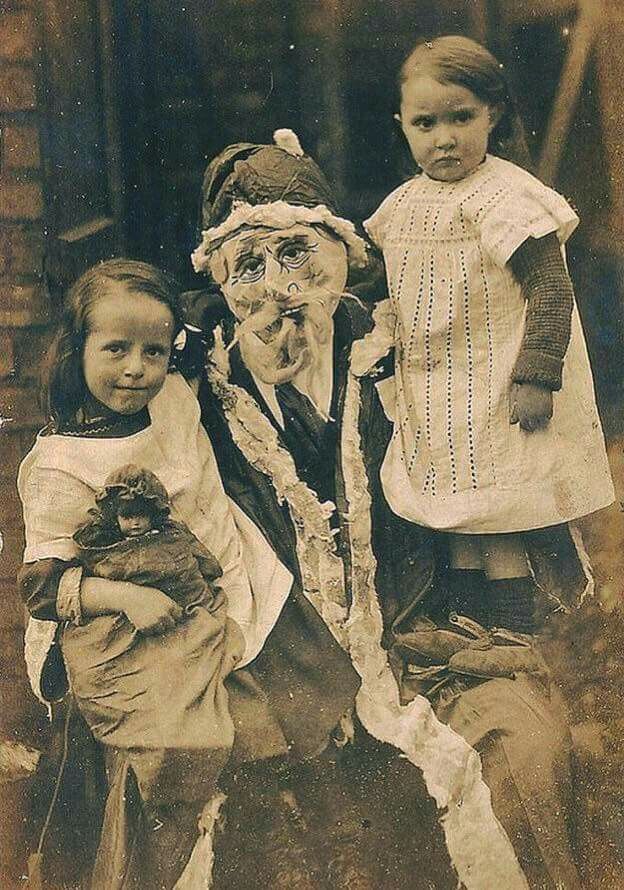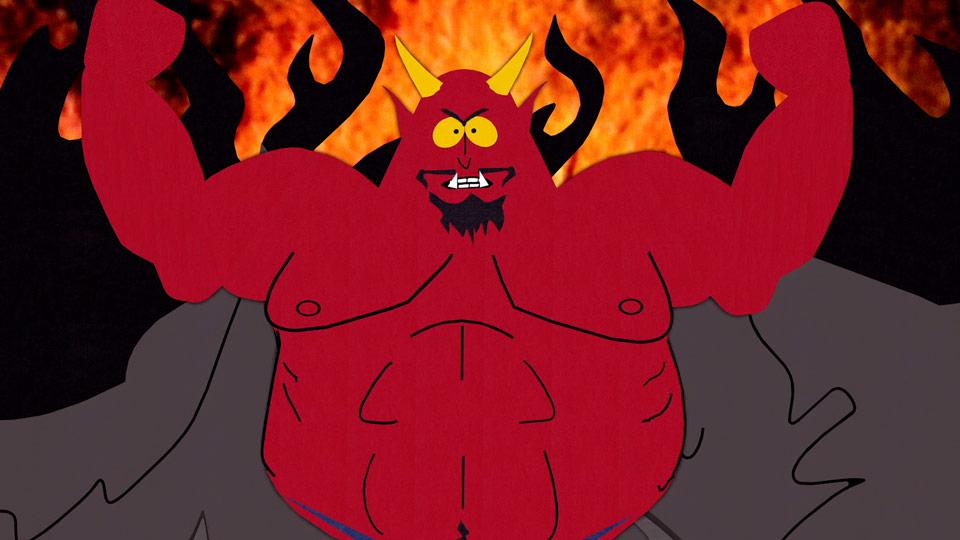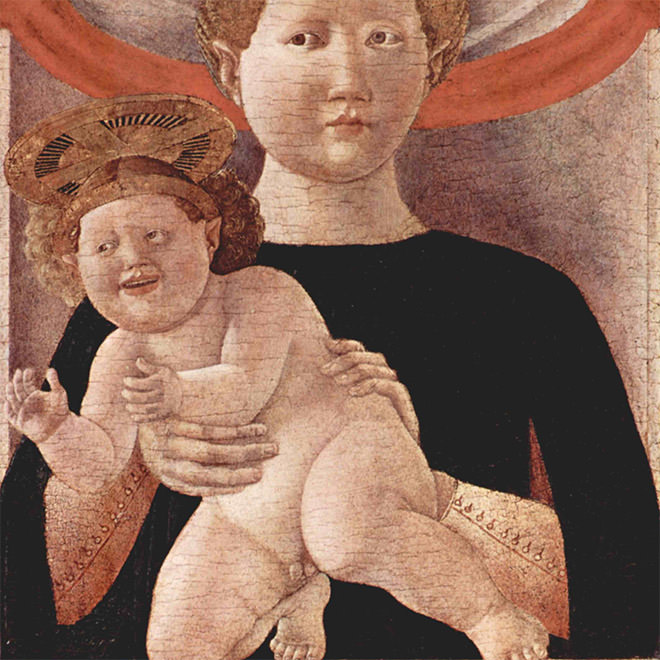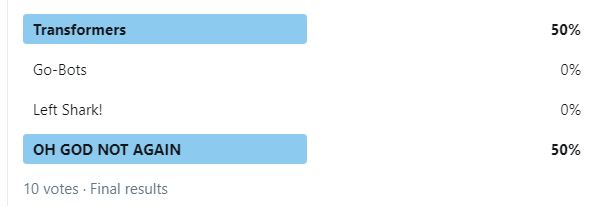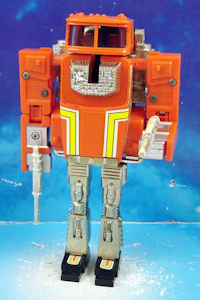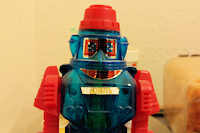Anybody who knows me will probably know that I go on about Hollywood et al having the unfortunate habit of doing the same thing over and over again. And I get it, people love familiarity, and familiarity breeds repeat business, at least until people get sick and tired of that familiarity. Hello, Disney, Star Wars, etc.
So Star Trek: Picard has been a bit of a peculiarity for me. Is it more of the same? Well, yes and no. There’s a large amount of time that exists between the last time we saw our TNG crew and the present. But that has presented its own specific problems.
The show, for all of its contradictions and subpar writing, tries its very best to come off as new and fresh. All this, while an 82-year-old Patrick Stewart struggles to talk clearly, let alone do anything else, as electrifying battles take place all around his shuffling feet. This was the first half of the series for me: Let’s do something new and exciting, but drag this poor octogenarian along for the ride for nostalgia’s sake.
For nostalgia’s sake.
It’s no surprise that Star Trek: Picard sparked thoughts of nostalgia for me. That said, it’s occurred to me only lately that there are two kinds of nostalgia: one linked to fellow humans, and one linked to the environments in which they operated. That delineation first occurred to me when I saw the big reveal of the Enterprise 1701-D.
I had tears in my eyes as I watched the ship, in its entirety, leave the hanger bay. It was as if a friend once feared mortally wounded, if not dead, suddenly walked through the front door. Here they were, smiling knowingly, welcoming a flood of positive emotions.
I never had that moment with the human components of the show. Of course, I would smile when a new old face would appear. It felt different, though. These were the same people I watched faithfully on Star Trek: The Next Generation for years, but unlike the Enterprise, they were fundamentally different.
As humans, we yearn for the past. Whether it is true or not, our brains believe that we were happier in our memories of our earlier lives. As time pushes us forward, we cling to those memories, and revel in all things that give that little spark of warmth that is nostalgia.
This is the reason we cherish souvenirs. Physical reminders of a happier time now past. We restore old cars that carried us to a happier place. We maintain old buildings filled with the ghosts of better times and much merriment.
We also cling to objects that were once owned by loved ones, now long passed. These too spark loving memories, but tinged with a feeling of melancholy, perhaps emptiness. Therein lies the difference between the two nostalgias.
Pushing aging actors to recreate what once was does create moments of nostalgia, but perhaps not in a way that the writers intended. For me, it’s been a stark reminder that we can never go back to where we were. Time will drag us all forward, degrade us, reduce us to a wristwatch in a daughter’s desk drawer.
Picard being reborn as an android is actually the perfect metaphor for what I’m talking about. Picard’s existence is brought to a fairly definitive end. They then take this once great man, beloved by many, and breathe largely clinical life into what was once dead.
What we see on the screen is not Picard, but a rough simile. The avatar of the man we once knew shuffles slowly through new, unfamiliar spaces using the heft of what he once was to stubbornly continue his journey. Told repeatedly by those who care about him that he should stop, he instead continues on in a display of ugly, at times painful, stoicism.
This Picard is not my Picard. He is but a lifeless simile. Both for the credibility of the writers and our own sanity, he should have been allowed to die his noble death at the end of season one. The younger generation of heroes should have been left to carry on his legacy, building a new web of nostalgic memories.
Instead, we ended up with this unsettling, unfamiliar version of an old friend. A stark and unwelcome reminder of our own mortality. A shambling automaton that crosses the galaxy in an attempt to reclaim what he once was, now a cold and incomplete corpse. How fitting.
Ultimately, the human aspect of Star Trek: Picard’s nostalgia was lost on me. I was encouraged to visit my grandmother one last time on her deathbed. That is now the last memory I have of her. Withered and something completely removed from the strong woman I once loved. So too now, Picard et al.
Like that moment with my grandmother, I so wish this moment with once-cherished characters had never come to pass. It would have been better to remember what once was. Sometimes it’s better to just keep moving forward, boldly or otherwise.
— John




